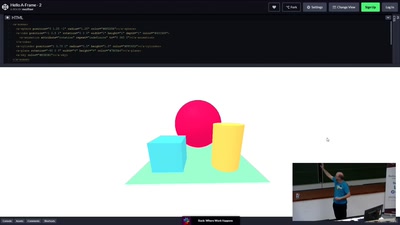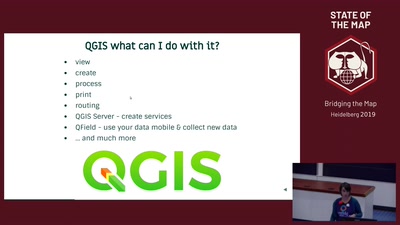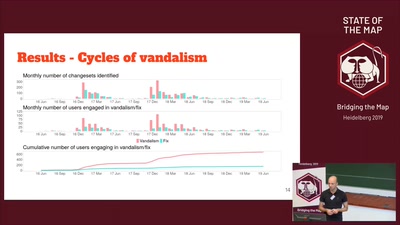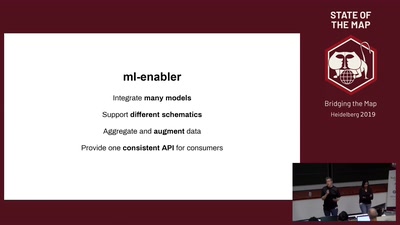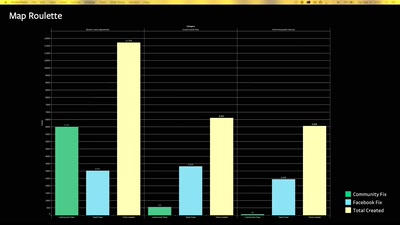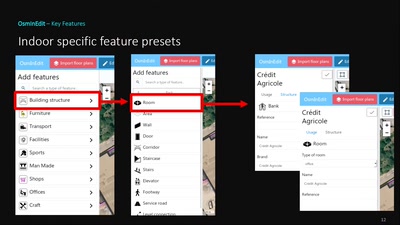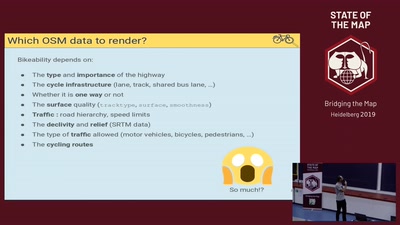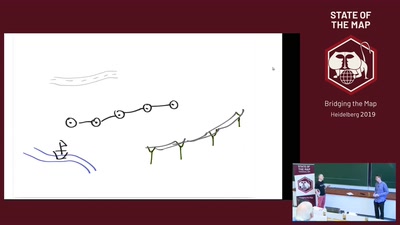Hikar - OSM Augmented Reality for Walkers across Europe
Hikar is an OSM-based augmented reality navigation app for walkers and hikers, showing OSM ways overlaid on the camera feed of the device and, in the latest version, virtual signposts pointing the way to nearby points of interest. This technical talk will introduce Hikar, detail the many new developments since it was last presented at SOTM Birmingham 2013, and describe how it works in technical detail.
Augmented reality (AR) has gained a great deal of media attention in recent years, helped in no small measure by the massive mainstream success of Pokemon Go. However, AR has a great deal of potential for real-world applications too, particularly for outdoor users, which has only partly been realised to date.
A number of geospatial AR apps have been available for some years, including Layar and Wikitude, primarily focusing on points of interest (POIs), but many are proprietary and closed-source. One potential but little-explored application of AR is to provide navigation tools for hikers and other outdoor users, by overlaying paths and hiking trails on the camera feed of the device. An early version of the app discussed here, Hikar, was presented at SOTM Birmingham 2013, with the footpaths and trails sourced from OSM; however this version was difficult to use and was restricted in coverage to England and Wales.
After a hiatus, development on Hikar has restarted in the past year, partly inspired by increased mainstream interest in AR and helped a great deal by the availability of global Terrarium elevation tiles and increasingly-affordable web hosting. The app (available on Google Play) now covers the whole of Europe and shows not only OSM ways but also virtual signposts, showing the distance and direction to nearby OSM POIs at path junctions, helping people navigate in the field. Virtual signposts support Greek and Cyrillic as well as Roman alphabets. The talk will include an in-depth technical discussion on how the virtual signposts feature has been implemented.
Problems and issues with the app as it stands (such as the realism of the path and signpost placement, and inaccuracies with GPS and mapping data) will be discussed, along with strategies for resolving those problems, and future work (which may have already started by SOTM) will be outlined, including the use of computer vision and surface detection to more accurately place the virtual data within the real world.

